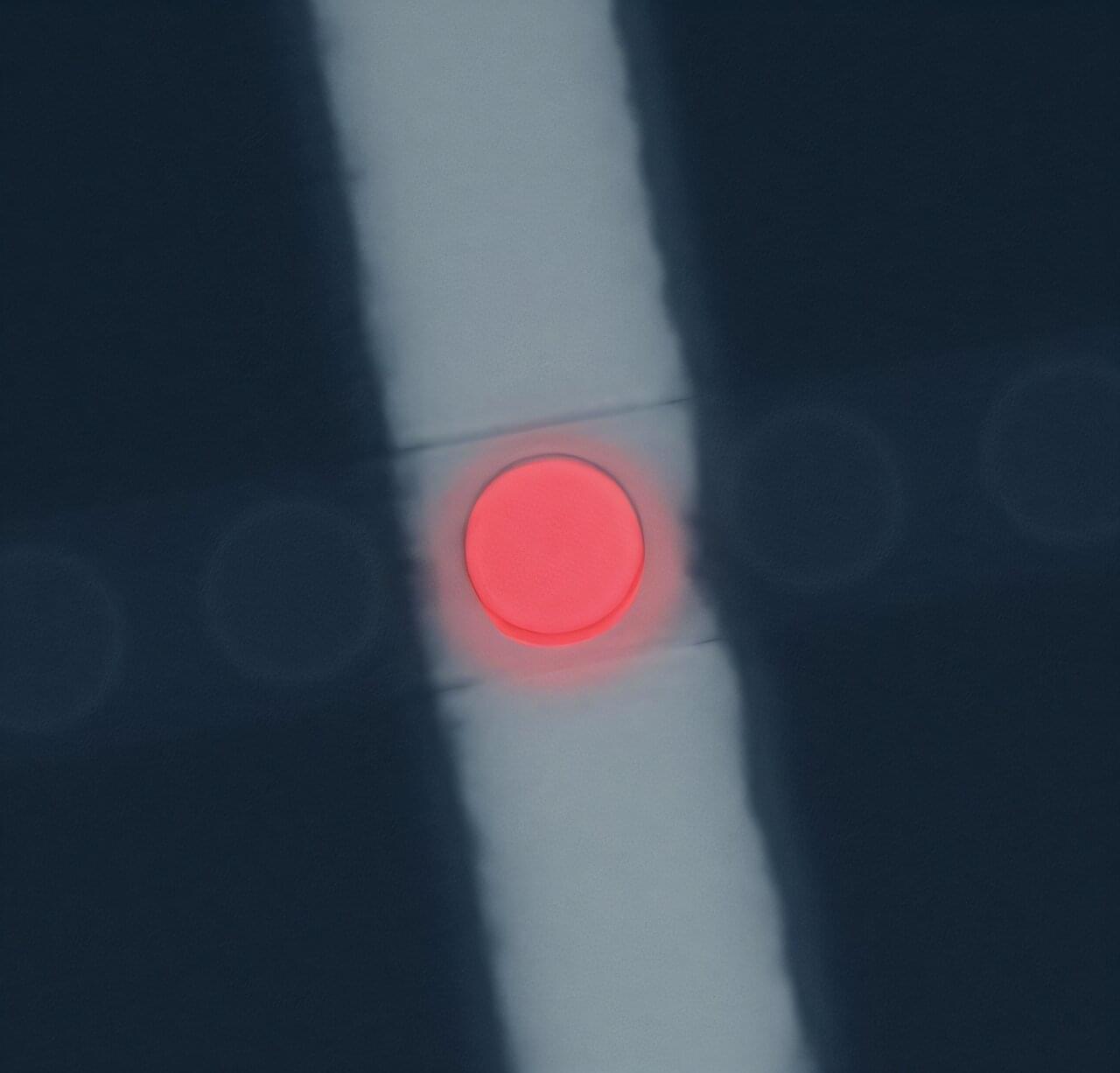Light-emitting diodes (LEDs) are widely used electroluminescent devices that emit light in response to an applied electric voltage. These devices are central components of various electronic and optoelectronic technologies, including displays, sensors and communication systems.
Over the past decades, some engineers have been developing alternative LEDs known as quantum LEDs (QLEDs), which utilize quantum dots (i.e., nm-size semiconducting particles) as light-emitting components instead of conventional semiconductors. Compared to traditional LEDs, these quantum dot-based devices could achieve better energy-efficiencies and operational stabilities.
Despite their potential, most QLEDs developed so far have been found to have significantly slower response speeds than typical LEDs using inorganic III-V semiconductors. In other words, they are known to take a longer time to emit light in response to an applied electrical voltage.
